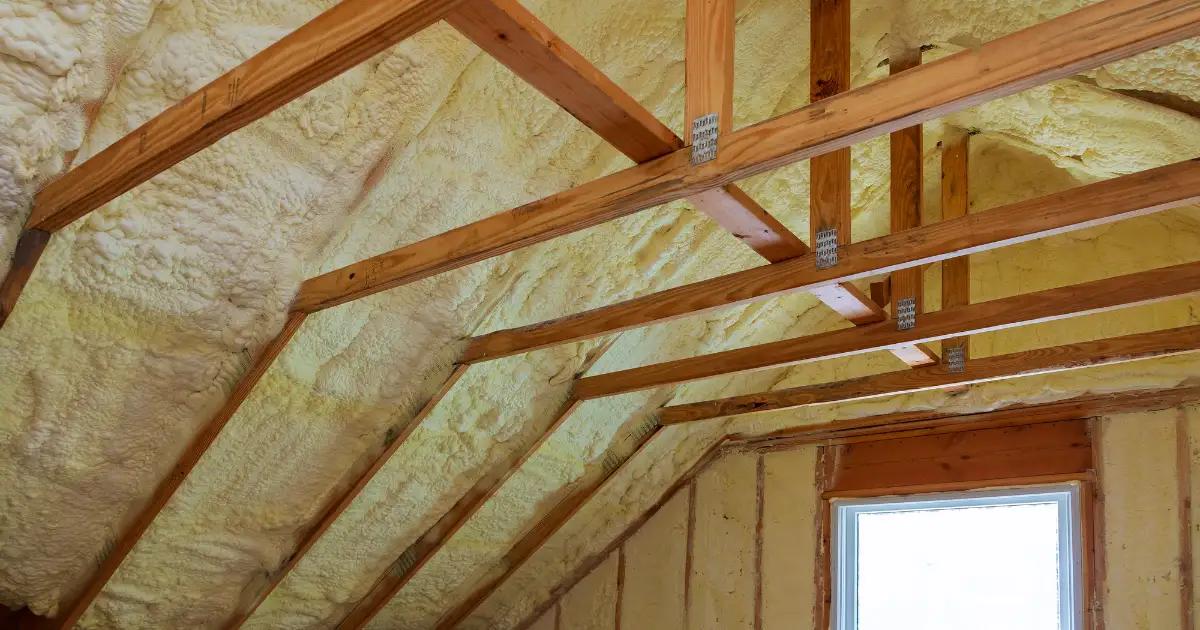Do you need planning permission for a loft conversion?
Before starting any loft conversion, it’s essential to understand the planning rules that apply to your home. Knowing whether you need permission, how to check local restrictions, and what happens if you build without approval will save time, cost, and stress later. This guide explains everything you need to know before you begin.


.png)
